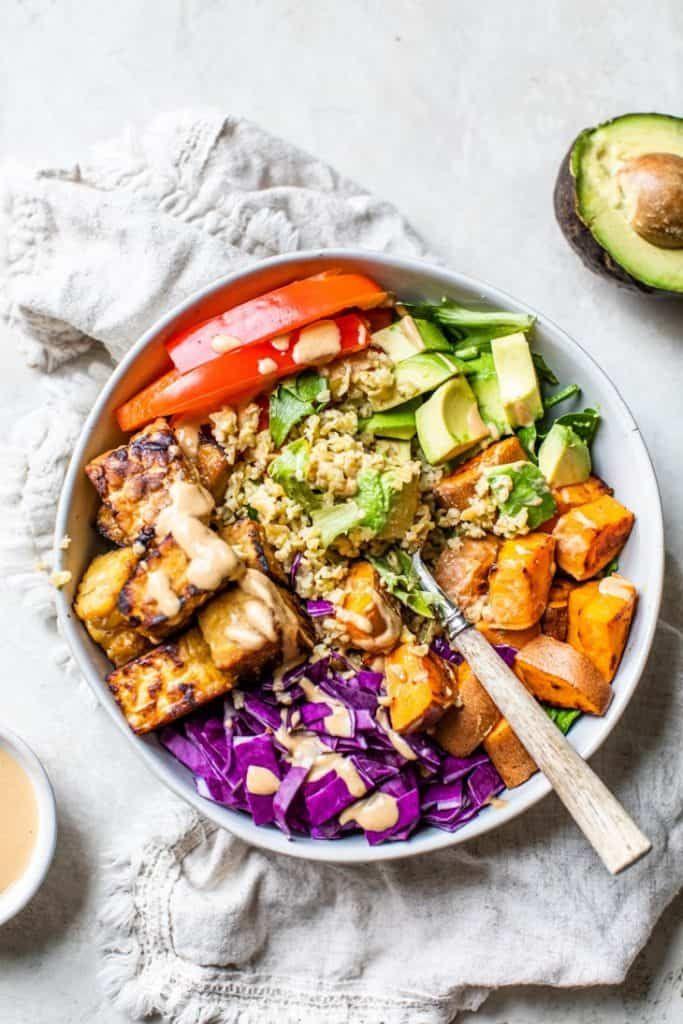In the quest for effective weight management, the role of diet cannot be overstated. Among various nutritional strategies, high-protein meals have emerged as a powerful tool for those seeking to stay satiated while shedding unwanted pounds. This approach leverages the satiating power of protein, a macronutrient renowned for its ability to curb hunger and promote a feeling of fullness. In this article, we will delve into the science behind protein’s impact on appetite regulation and metabolism, explore how incorporating high-protein meals can facilitate weight loss, and provide practical tips for integrating these meals into your daily routine. Armed with evidence-based insights and actionable strategies, you will be well-equipped to harness the benefits of protein to achieve your weight loss goals with confidence and precision.
Understanding the Role of Protein in Appetite Control
Protein plays a pivotal role in managing appetite and aiding weight loss, acting as a natural appetite suppressant. When consumed, protein triggers the release of hormones like peptide YY, which enhances the feeling of fullness and satisfaction. This hormonal response not only reduces hunger but also curtails cravings, making it easier to adhere to a calorie deficit. Additionally, protein takes longer to digest compared to carbohydrates and fats, ensuring a sustained release of energy and prolonged satiety.
- Boosts Metabolism: Digesting protein requires more energy, which means you burn more calories during digestion.
- Reduces Late-night Snacking: A high-protein meal can significantly reduce the temptation to reach for snacks late at night.
- Improves Body Composition: While losing weight, protein helps preserve lean muscle mass, which is crucial for maintaining a healthy metabolism.
Incorporating high-protein meals into your diet doesn’t have to be complicated. Simple changes, such as swapping out a carb-heavy breakfast for an omelet or adding a scoop of protein powder to your smoothie, can make a significant difference. By understanding and leveraging the satiating power of protein, you can make strategic dietary choices that support both fullness and weight loss.

Choosing the Right High-Protein Foods for Weight Loss
When it comes to selecting high-protein foods for your weight loss journey, it’s essential to focus on quality and nutritional balance. Incorporating lean protein sources can significantly aid in maintaining satiety while keeping calorie intake in check. Consider integrating these nutrient-dense options into your meals:
- Lean Meats: Opt for chicken breast, turkey, and lean cuts of beef or pork, which are low in fat yet rich in protein.
- Fish and Seafood: Salmon, tuna, and shrimp are excellent choices, providing not only protein but also heart-healthy omega-3 fatty acids.
- Plant-Based Proteins: Beans, lentils, and chickpeas are versatile options that offer fiber and protein, supporting digestion and fullness.
- Dairy and Alternatives: Greek yogurt, cottage cheese, and plant-based yogurts or milks fortified with protein can be convenient snack or meal components.
Balancing these proteins with a variety of vegetables and whole grains can create satisfying meals that support weight management goals. Emphasizing whole, minimally processed foods ensures you’re maximizing nutrient intake while minimizing empty calories.

Crafting Balanced Meals to Maximize Satiety and Nutrition
When it comes to crafting meals that both satisfy hunger and promote weight loss, the strategic inclusion of high-protein foods is essential. Proteins are not only the building blocks of our bodies but also play a crucial role in keeping us full. By incorporating lean proteins such as chicken breast, tofu, or lentils, you can ensure your meals are both nutritious and satiating. Balancing macronutrients is key—pair proteins with complex carbohydrates like quinoa or sweet potatoes and healthy fats such as avocados or olive oil to create a harmonious plate that sustains energy levels throughout the day.
- Opt for lean protein sources to minimize calorie intake while maximizing satiety.
- Include a variety of vegetables to add fiber and volume to your meals, aiding digestion and promoting fullness.
- Experiment with herbs and spices to enhance flavors without adding unnecessary calories.
- Ensure portion control to maintain a calorie deficit, crucial for weight loss.
Integrating these elements into your daily meals can transform your eating habits, helping you stay full longer and supporting your weight loss journey with robust nutritional value. Remember, the goal is to create a sustainable eating pattern that you enjoy, making it easier to stick to your health objectives in the long run.
Incorporating High-Protein Snacks to Curb Cravings
When it comes to maintaining a balanced diet, snacking often gets a bad rap. However, integrating high-protein snacks into your daily routine can be a game-changer for controlling hunger and supporting weight loss goals. Protein is known for its satiating properties, which means it helps you feel full for longer, reducing the temptation to indulge in less nutritious options. Opt for snacks like Greek yogurt, cottage cheese, or a handful of almonds to provide a quick and efficient protein boost.
- Greek Yogurt: Rich in protein and probiotics, this versatile snack can be enjoyed plain or with a sprinkle of nuts and seeds for added texture and nutrients.
- Cottage Cheese: A low-calorie, high-protein option that pairs well with fruits like pineapple or berries, making it both a sweet and satisfying choice.
- Almonds: These nuts are not only high in protein but also packed with healthy fats, which are essential for keeping energy levels stable throughout the day.
By choosing snacks that are high in protein, you’re not only curbing cravings but also supporting muscle maintenance and overall metabolic health. This strategy can lead to a more sustainable approach to weight management, as it naturally reduces the likelihood of overeating during meals. Incorporating these snacks into your daily routine can be a simple yet effective step towards achieving your health and fitness objectives.
